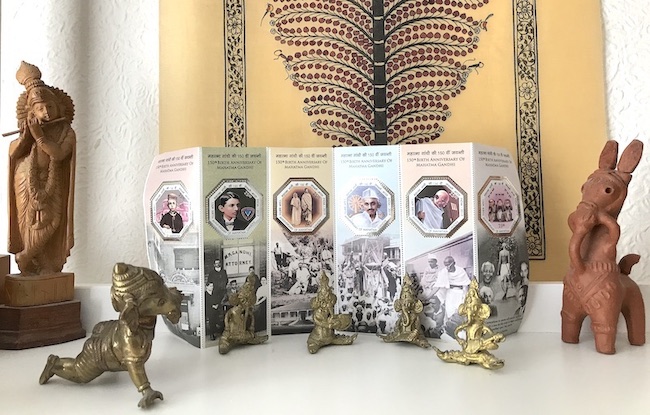More video contents by Dhvani >>
Video | Weighty rendition by new generation of Karaikudi vina tradition
Kapila & Sushruta, sons and disciples of Sreevidhya Chandramouli, perform “Sarasiruhasana” (Nata raga, Adi tala); a kriti composed by Puliyur Doresvami.
Recorded on the occasion of Dhvani’s Carnatic Composers’ Day 2012
YouTube channels & more
Site-specific workshops and courses
Update: courses and site-specific workshops are currently available on demand. More information >>
Video | Documentary on S. Rajam singer, scholar, teacher and painter
S.Rajam is a multifaceted genius with creative talents in a variety of fields such as music, musicology, classical painting and acting. In the field of music, S. Rajam is an unparalleled authority on Vivadi ragas and has done much to popularize Koteeswara Iyer’s kritis. He has the distinction of being the only musician to have recorded all the 72 compositions of Kanda Ganamutham, most of the kritis being accompanied by Raga, Niraval and Kalpana swaras. He was also well known for keeping the Classical Indian Painting style contemporary. He has immensely contributed to enrich our cultural heritage for over six decades.
Launch and screening of the movie: 11th November 2012 at Tatvaloka, Eldams Road, Chennai (2.00 PM)
More about the above person(s) and topics
Periodicals and sites included | More resources | Disclaimer >>
Learn & practice more
- A brief introduction to Carnatic music (with music examples and interactive map)
- Free “flow” exercises on this website
- Glossary (PDF)
- Introduction (values in the light of modernity)
- Video | Keeping tala with hand gestures: Adi (8 beats) & Misra chapu (7 beats)
- Voice culture and singing
- Why Carnatic Music Matters More Than Ever
- Worldcat.org book and journal search (including Open Access)
The first Sabha of Madras
One of the earliest attempts to make the British appreciate Carnatic music was initiated by Gayan Samaj.
Had the Madras Jubilee Gayan Samaj been around, it would have been 125 this year, though it began at least four years earlier under a different name. That certainly makes it the mother of all Sabhas that have been documented in the 373 years of Chennai.
The Samaj came into existence at a time when the British were taking an active if short-lived interest in Indian music. Books were being written, some of the early works being ‘Hindu Music’ by Captain N.A. Willard, ‘Musical Modes of the Hindus’ by Sir William Jones, ‘Sangeet’ by Francis Gladwin and ‘Oriental Music’ by W.C. Stafford. The absence of any form of documentation and the native methods of notation proved to be a major deterrent. The educated Indians began to seriously work on reducing Indian music to the Western form of notation often referred to as Staff Notation. It was their view that getting their music written in the Western format would encourage the English to appreciate the art form. Among the earliest such attempts were made by the Poona Gayan Samaj, one of the early organised bodies to sponsor music performances. […]
The Samaj also reduced some of its songs to Staff Notation and had the Madras Philharmonic Orchestra render them for Europeans on yet another occasion. In addition, it had Tennyson’s Ode to Queen Victoria translated into Sanskrit, set to music and performed for the benefit of an invited audience. […]
The Samaj came into existence at a time when the British were taking an active if short-lived interest in Indian music.
Source: “The first Sabha of Madras”, The Hindu, 21 September 2012
Address : https://www.thehindu.com/todays-paper/tp-features/tp-fridayreview/article3920039.ece
Date Visited: 22 September 2012
[Bold typeface added above for emphasis]
More about the above person(s) and topics
Periodicals and sites included | More resources | Disclaimer >>

Photo © Ludwig Pesch

